CLEANING UP WITH YOUR HEALTH & SAFETY IN MIND
We were one of the first companies to list health and safety information on paint labels and to identify colors by chemical name as well as by international color standards.
We continue to independently test our products and evolve our formulas as safer materials become available to use. From replacements for cadmium pigments to advice on how to keep safe in the studio, our dedicated health and safety compliance team put your needs first.
SAFE STUDIO TIPS
Here’s some tips to keep you safe and minimize your environmental impact in the studio:
- Keep your workspace well ventilated, ideally with fresh air, particularly if using solvent or sprays
- If using a spray, wear the relevant mask. Even with our low-solvent, low-odor Spray Paints we recommend the use of a paper mask as the spray action causes dust and particles to rise into the air
- The most environmentally safe way to use acrylic paint or medium is obvious: only squeeze or scoop out what you need, rather than having lots to dispose of after a session in the studio
- Don’t ‘point’ your brush in your mouth. Swirl it in a cup of water instead
- Try to wash your hands before eating, drinking or smoking in the studio. You never know what will end up on your hands and then get swallowed inadvertently
- Avoid getting solvents onto your skin
- If you paint with your fingers be aware that you may be driving pigment into and through your skin
- If you’re working with acrylics it’s a good idea to set up a specific acrylic waste bin (or old paint tin) in the studio so you can keep everything together and dispose of it safely and responsibly
- After painting, before it’s had a chance to dry, return any loose color/medium back into its container and then wipe off your tools and palette with a paper towel or rag (an old toothbrush is good for thicker consistencies). Put the dirty wipes into your acrylic waste bin
- Any leftover paint or paint sludge (from the bottom of the sink or your brush washing jar), should be put into your acrylic waste bin rather than washed down the sink
- Wash your tools, palette and hands thoroughly in warm soapy water. Don’t wash or rinse brushes in the palm of your hand, as it can drive pigment into the skin
- Once your acrylic waste bin is full, seal it up and affix a big sticker saying 'contains artists’ paints'. Then take it to your local refuse recycling center where you’ll find an area specifically for paints, bitumen and creosotes. If in doubt ask a member of staff
- Empty containers with minimal semi-dry acrylic residue are sufficiently chemically inert to be classified as ‘non-hazardous waste’. This can usually be disposed of with your regular household waste. If in doubt check with your local waste management office
- Keep your lids on tight to avoid drying out
- You’ll get the best seal if you keep the screw top threads clean. Some artists like to also use a layer of cling-film or silver foil
- Keep products out of direct heat and sunlight and store in ‘normal’ temperatures – ie above 10°F/-12°C to prevent non-reversible crystallization
- Store brushes lying down or standing with bristles up
- Our products have a shelf life of 5-7 years if kept at room temperature, tightly lidded and free of contaminants from tap water or dirty tools
- Our Spray Paint is low solvent but still contains propellants, as do our different spray varnishes. Therefore, keep your space well ventilated and - as they are low odor and non-toxic - all you need is a paper mask to protect you from inhaling paint particles and dust. Regular solvent-based sprays require a proper anti-fume mask that straps on tightly and covers your nose and mouth
- Read the storage and safety guidance on the label. Do not spray on an open flame and do not pierce or burn, even after use
- Make sure you store your cans with lids on, away from direct heat sources and sunlight and do not expose to temperatures over 122°F/50°C or below 59°F /15°C. If they have been stored around this temperature, do not use them until they come up to ambient again. All aerosols contain a mix of product and propellant; at lower temperatures the product wants to "drop out of solution" and so could either block the nozzle, or worse, come out of the nozzle in irregular blobs
SAFETY TESTING & LABELING
All Liquitex products are submitted for independent toxicity assessment under the program administered by the Art and Craft Materials Institute (ACMI) in Boston and conform to USA Federal Law governing the labeling of art materials. You can also find Materials Safety Data Sheets for each product on the relevant product pages of this site.
Products bearing the ACMI's Approved Product Seal or simply “Conforms to ASTM D4236” are certified in a program of toxicological evaluation by a medical expert to contain no materials in sufficient quantities to pose a health risk or to be deemed injurious in accordance with current medical knowledge, provided the materials are used in the manner intended. This program is reviewed by the Institute’s Toxicological Advisory Board and products are certified by the Institute to be labeled in accordance with the chronic hazard labeling standard ASTM D4236, the US Labeling of Hazardous Art Materials Act (LHAMA) and CPSIAs total lead.
The ACMI's CL Seal identifies products that are certified to be properly labeled in a program of toxicological evaluation by a medical expert for any known health risks and with information on the safe and proper use of these materials. These products are also certified by ACMI to be labeled in accordance with the chronic hazard labeling standard, ASTM D4236, and the US Labeling of Hazardous Art Materials Act (LHAMA).
In the EU consumer products are assessed for chemical hazards using the CLP regulation (Regulation EC No. 1272/2008 on the classification, labelling and packaging of substances and mixtures) all Liquitex products have been evaluated against this regulation and labelled in accordance with any hazard classifications.
There is no direct relationship between the EU and USA systems of health labeling as the categories used have different levels and limits, e.g. Flammable in the USA is not automatically considered as Flammable in the EU.
Liquitex products are sold internationally and occasionally a label may cover both the EU and US safety information. You are recommended to follow the safety information indicated for your place of residence.
Provided our products are used as directed and the safety measures on the label are followed all Liquitex products can be used safely. Our product labels and Safety Data Sheets offer the most up to date information. After reviewing these you are welcome to contact us via the contact page on the website if you still have questions.
This is the common name for California’s Safe Drinking Water & Toxic Enforcement Act of 1986 which is intended to prevent anyone from discharging materials that are known to cause cancer or reproductive toxicity, and that could contaminate drinking water. After consulting with the Art and Creative Materials Institute, we know that any exposure to our products is below the levels of risk as defined by Proposition 65. However, it was decided that any product containing any element considered hazardous under Proposition 65 must be labeled accordingly. As a result, artists’ colors containing cadmium and lead are required to have special labeling. Therefore, you will find warning on our cadmium-containing colors reading: 'Do Not Spray Apply. This product contains cadmium, a chemical known to the State of California to cause cancer by means of inhalation.'
It is important to note that the products with Prop 65 labeling had been evaluated and deemed safe for use by a board certified toxicologists according to US Federal law. Additionally, these same products were considered non-hazardous under European regulations. Both of which more thoroughly evaluate all intrinsic health properties of a formulation.
Recent updates to EU regulation states that certain products must be labelled specifically for all products containing titanium dioxide (white pigment) as well as products containing particular preservatives, so-called Biocides. The supplementary warnings for Titanium Dioxides and Biocides are EU specific and can be applied as a voluntary basis in other countries following the UN GHS methodology. In order to accommodate the required information, globally you will start to see these labeled on all Liquitex professional grade product packaging. You will also notice that the AP Seal has been removed from professional products, as the EU regulations for biocides and titanium dioxide cannot be present on packaging combined with the AP Seal. The AP seal is replaced by “Conforms to ASTM D 4236” and are evaluated in the same way as before using the same ACMI certified toxicologists.
Liquitex Basics products will not add the warnings in all non-EU countries and will maintain the AP Seal. We decided to maintain the AP Seal as we know that this seal is important in education environments where Liquitex Basics acrylics are used. Liquitex Basics in EU countries will sell with packaging that removed the AP seal and adds the warnings for biocide and titanium dioxide.
The product inside of the packaging remains the same quality. We decided not to change any recipe because it would have a significant impact on the performance of the paints. i.e., a water-based paint without biocides would get mouldy very soon after production. Titanium dioxide is still the best whitening agent for paints and delivers high coverage and opacity.

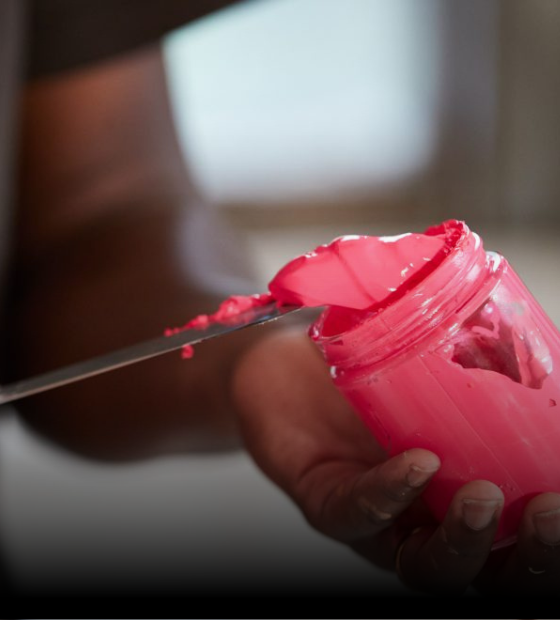
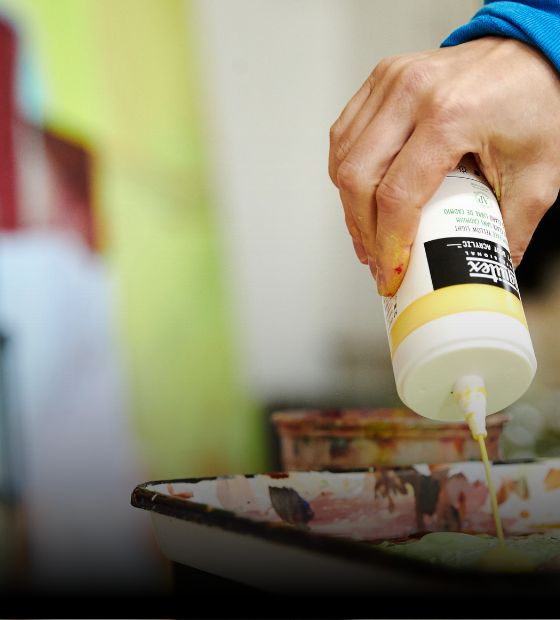
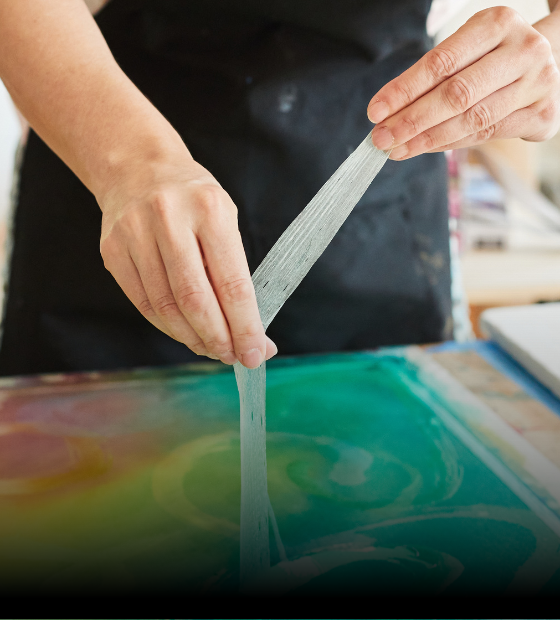
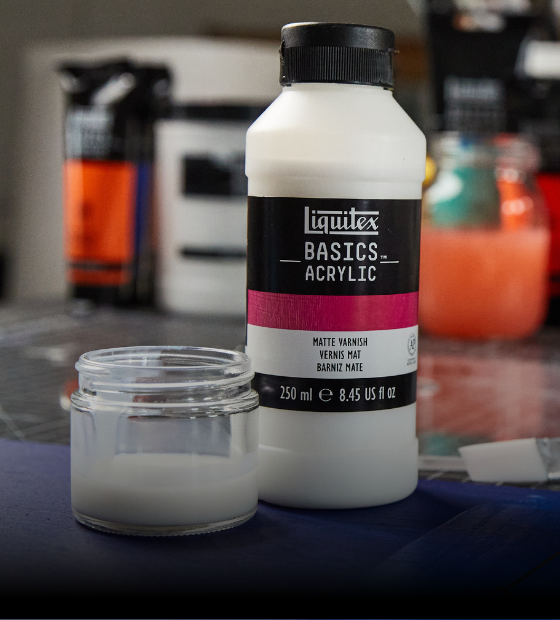
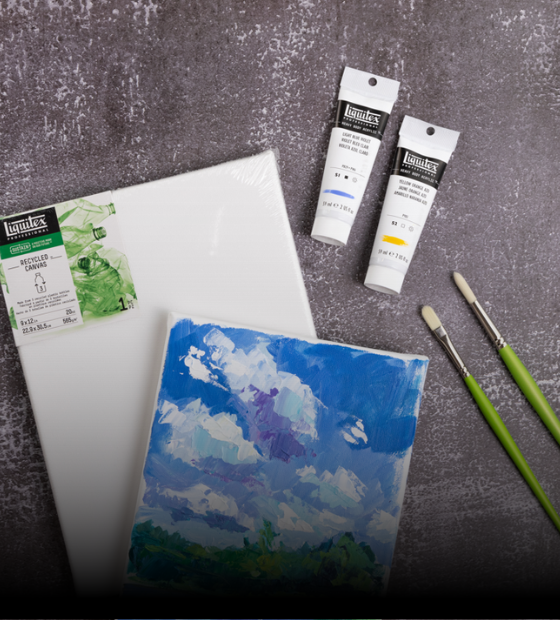
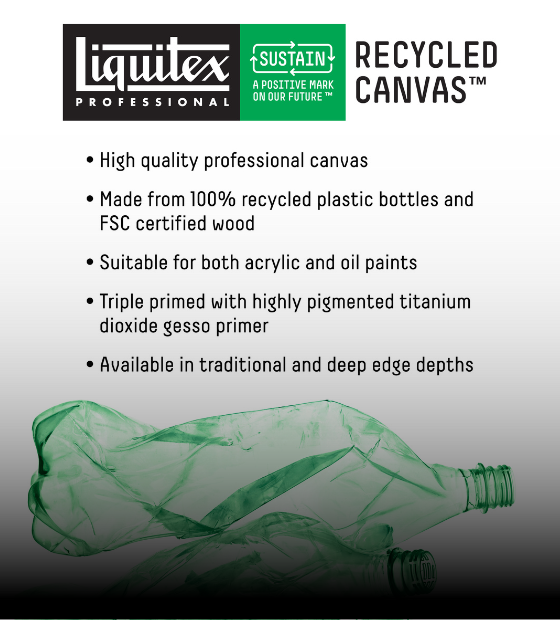
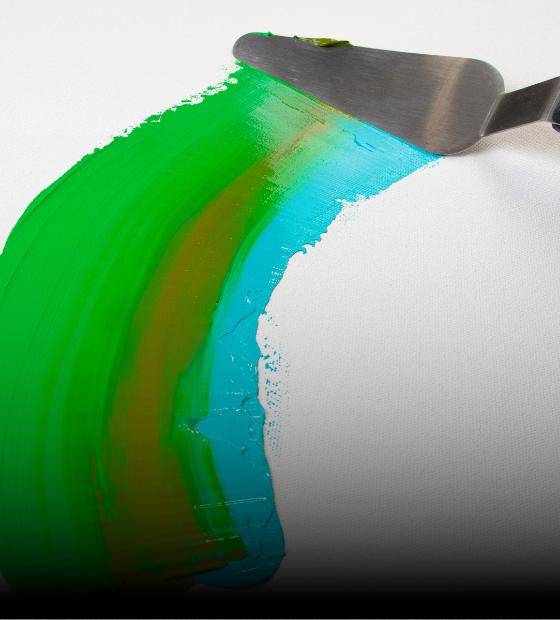
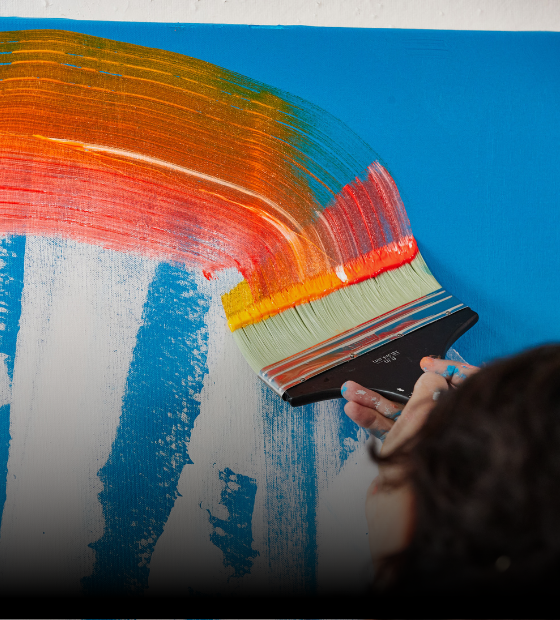

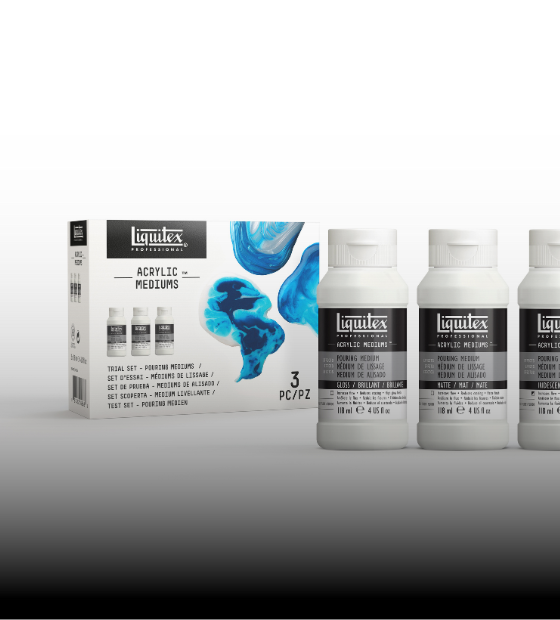

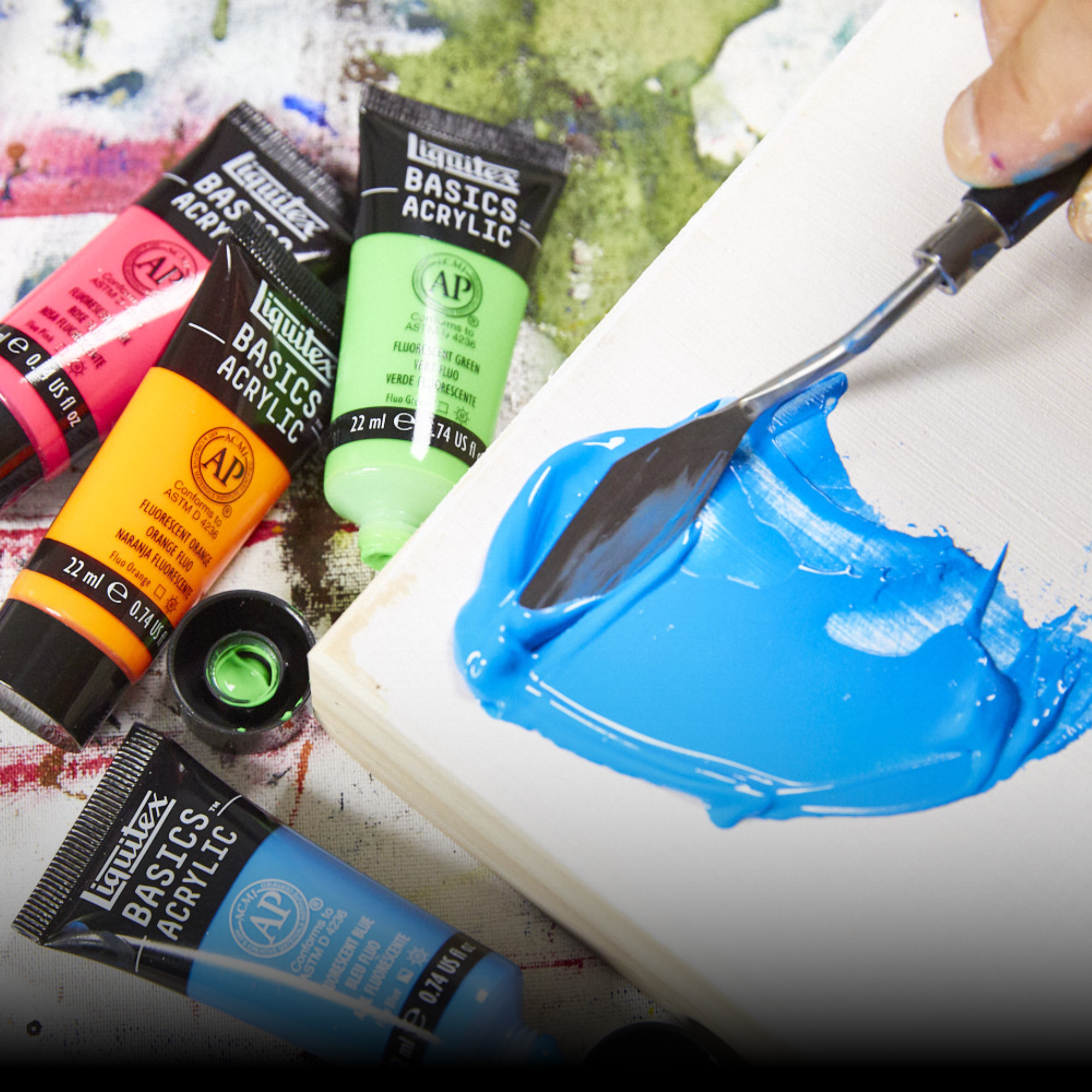
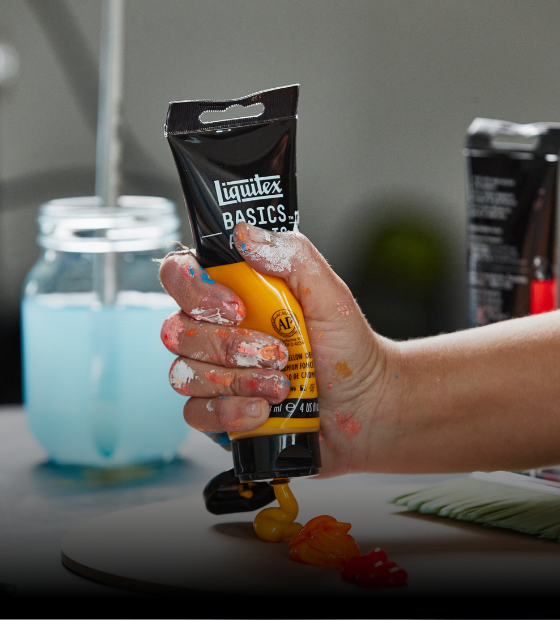
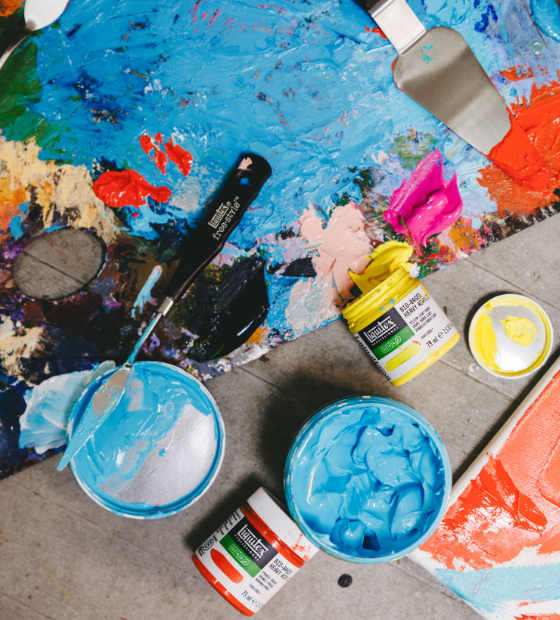


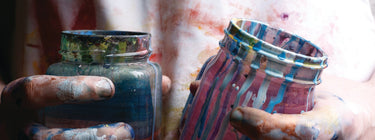
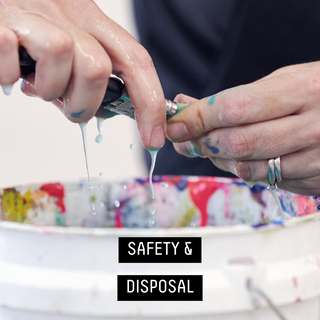
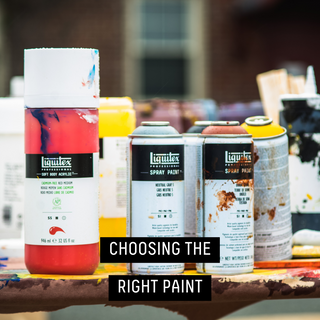
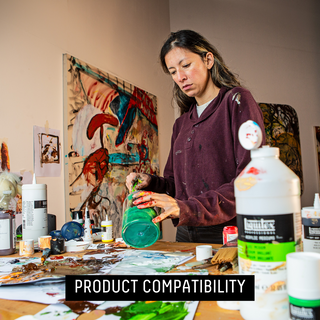
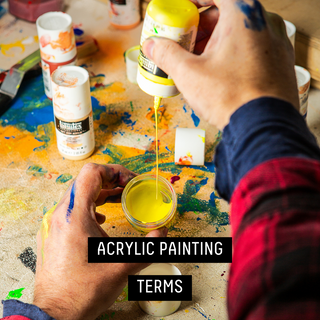
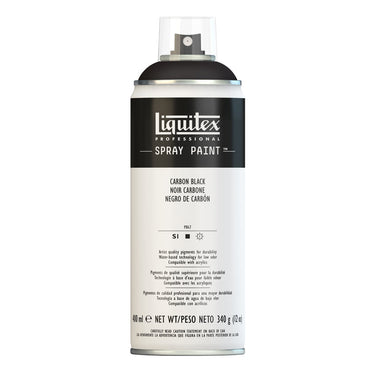

![LQX ACRYLIC MARKER SET 6X 2-4MM CLASSICS [CONTENTS] 887452001225](http://www.liquitex.com/cdn/shop/files/68762_375x375_crop_center.jpg?v=1707320720)
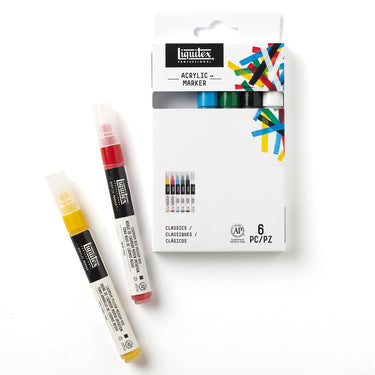
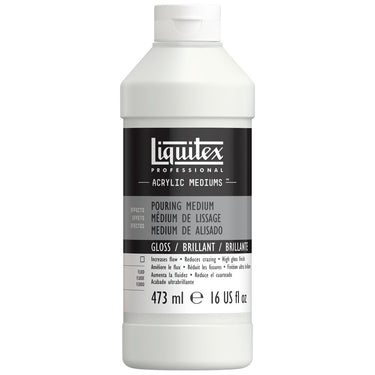
![LQX PRO MEDIUMS POURING MEDIUM [WEBSITE SWATCH]](http://www.liquitex.com/cdn/shop/files/72030_375x375_crop_center.jpg?v=1705607484)
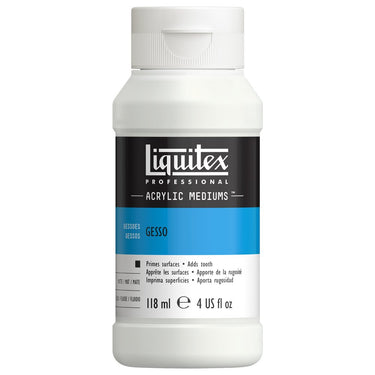
![LQX PRO MEDIUMS GESSO [WEBSITE SWATCH]](http://www.liquitex.com/cdn/shop/files/72009_375x375_crop_center.jpg?v=1693098231)
![LQX BASICS 6x118ML SET 887452059226 [SET WITH CONTENTS 2]](http://www.liquitex.com/cdn/shop/files/130398_375x375_crop_center.jpg?v=1707324060)
![LQX BASICS 6x118ML SET 887452059226 [FRONT]](http://www.liquitex.com/cdn/shop/files/130396_375x375_crop_center.jpg?v=1706797707)
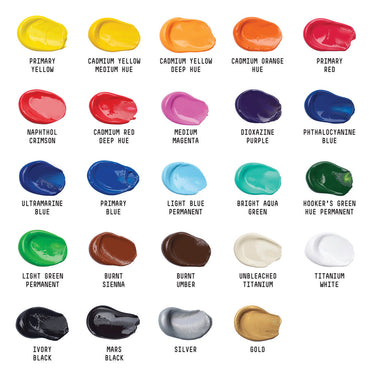
![LQX BASICS 24X22ML PAINT SET 887452028543 [FRONT]](http://www.liquitex.com/cdn/shop/files/80833_375x375_crop_center.jpg?v=1706780423)